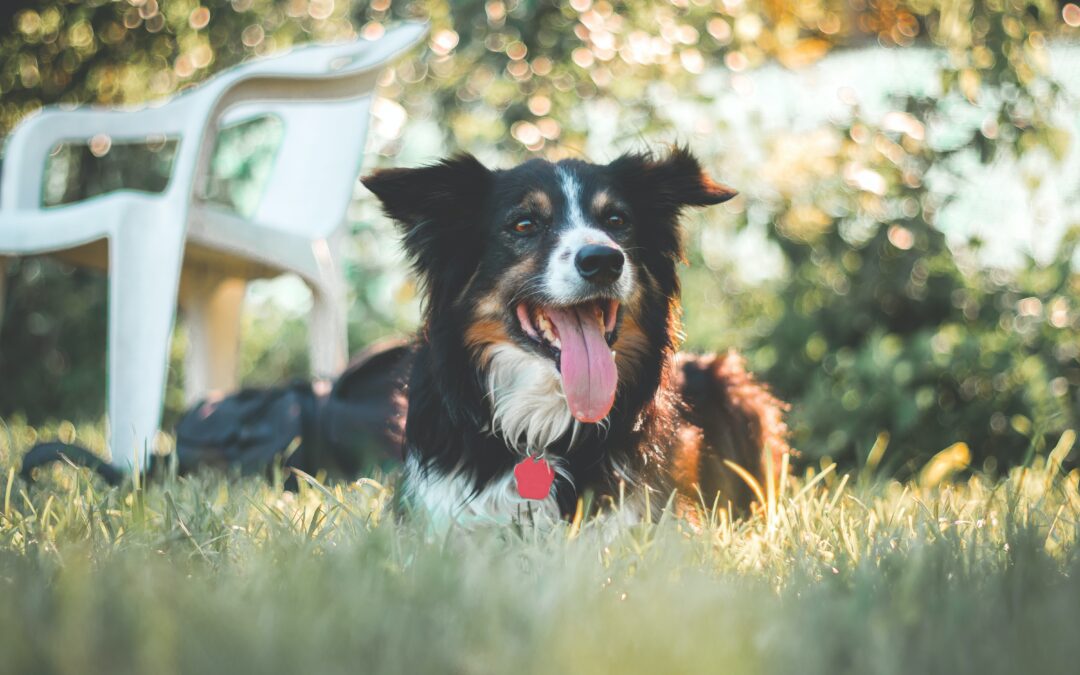As the temperature rises, our furry friends become more vulnerable to the dangers of heat-related illnesses, with heat stroke being a particularly serious concern for dogs. Unlike humans, dogs cannot effectively regulate their body temperature, making them susceptible to overheating. As responsible pet owners, it’s crucial to be vigilant and take preventive measures to keep our four-legged companions safe and comfortable during hot weather. In this article, we’ll discuss the signs and symptoms of heat stroke in dogs and provide you with essential tips to help your canine companion beat the heat.
Understanding Heat Stroke in Dogs
Heat stroke occurs when a dog’s body temperature rises to a dangerous level due to excessive heat exposure. Dogs rely on panting to dissipate heat, and when they are unable to cool down adequately, their body temperature can spike, leading to serious health complications.
Recognizing the Signs and Symptoms
Early recognition of heat stroke symptoms is vital for prompt intervention. Look out for these signs:
1. Excessive Panting and Salivation: Dogs pant to regulate their body temperature, but excessive panting accompanied by heavy drooling can indicate heat stress.
2. Restlessness and Disorientation: Heat-stressed dogs may appear restless, disoriented, or agitated.
3. Rapid Pulse and Heart Rate: An elevated heart rate, along with rapid or irregular breathing, may be indicative of heat stroke.
4. Bright Red Gums and Tongue: Increased blood flow to the extremities can cause the gums and tongue to become bright red.
5. Vomiting and Diarrhea: Digestive distress can be a sign of heat stroke, as the body tries to expel excess heat.
6. Weakness and Collapse: Heat-stressed dogs might exhibit weakness, staggering, or even collapse.
Tips to Keep Your Dog Cool
Prevention is key when it comes to heat stroke. Here are some practical tips to ensure your dog stays cool and comfortable:
1. Hydration is Key: Always provide your dog with access to fresh, cool water. Hydration helps regulate body temperature and prevent heat-related issues.
2. Limit Exercise: Avoid vigorous exercise during the hottest parts of the day. Opt for early morning or late evening walks when temperatures are lower.
3. Provide Shade: Whether you’re at home or on a walk, make sure your dog has access to shaded areas. Trees, umbrellas, or portable shelters can provide relief from the sun.
4. Never Leave Your Dog in a Parked Car: The temperature inside a parked car can rise dangerously high within minutes, even with the windows cracked. Leaving a dog in a hot car can be fatal.
5. Cooling Accessories: Use cooling mats, vests, or bandanas designed for dogs. These products help regulate body temperature and provide relief from the heat.
6. Wet Towels and Spritzing: Dampen a towel with cool water and place it on your dog’s body. You can also use a spray bottle to mist your dog with water.
7. Avoid Hot Surfaces: Pavement and asphalt can become scorching hot, burning your dog’s paw pads. Stick to grassy or shaded areas during walks.
8. Know Your Breed: Some breeds are more susceptible to heat than others. Brachycephalic breeds (short-nosed), like Bulldogs and Pugs, are especially vulnerable.
Responding to Heat Stroke
If you suspect your dog is suffering from heat stroke, take immediate action:
1. Move your dog to a cooler area.
2. Wet their body with cool (not cold) water.
3. Use fans or air conditioning to help cool them down.
4. Offer small amounts of water to drink.
5. Contact your veterinarian for guidance and further treatment.
Our beloved dogs rely on us to keep them safe, especially during hot weather. By recognizing the signs of heat stroke and following these preventive tips, you can ensure your furry friend enjoys the summer months while staying cool, comfortable, and healthy.
Remember, a little care goes a long way in safeguarding your dog from the dangers of heat-related illnesses.

